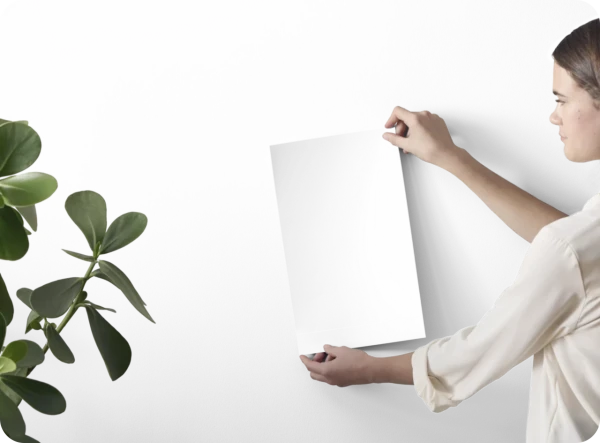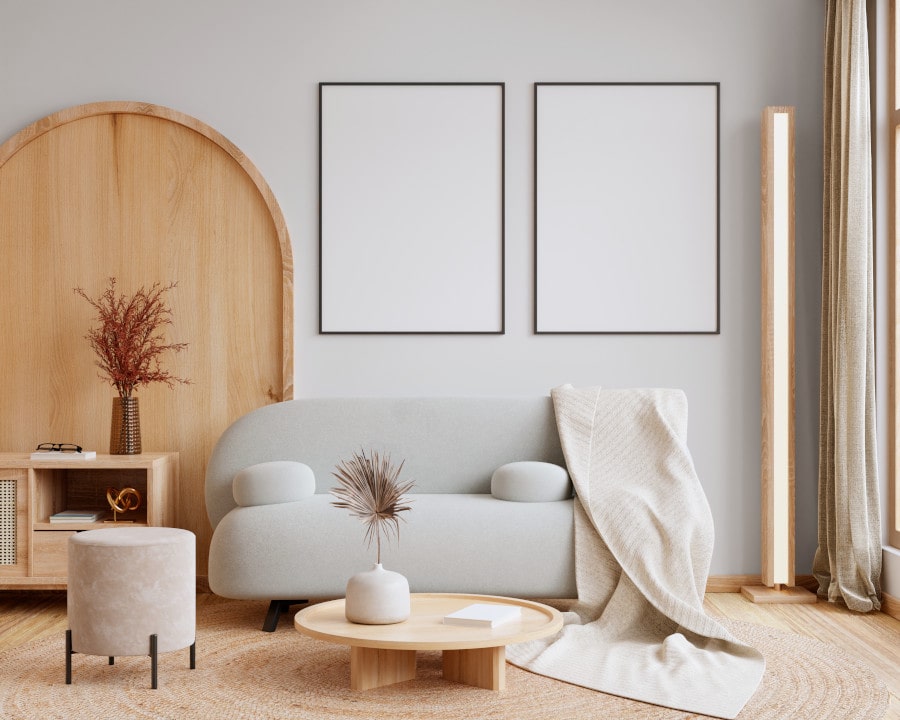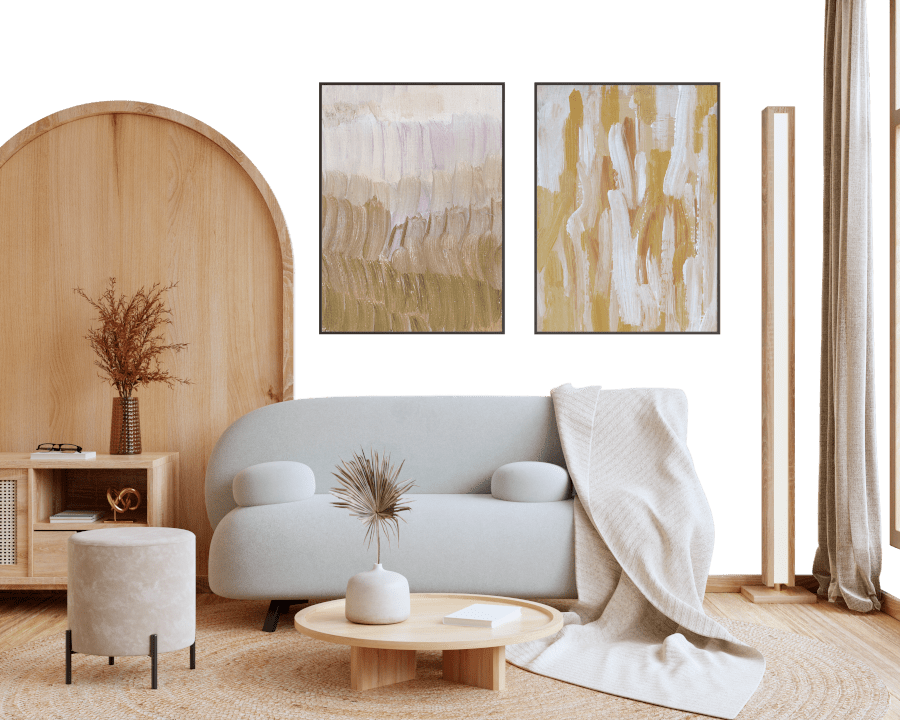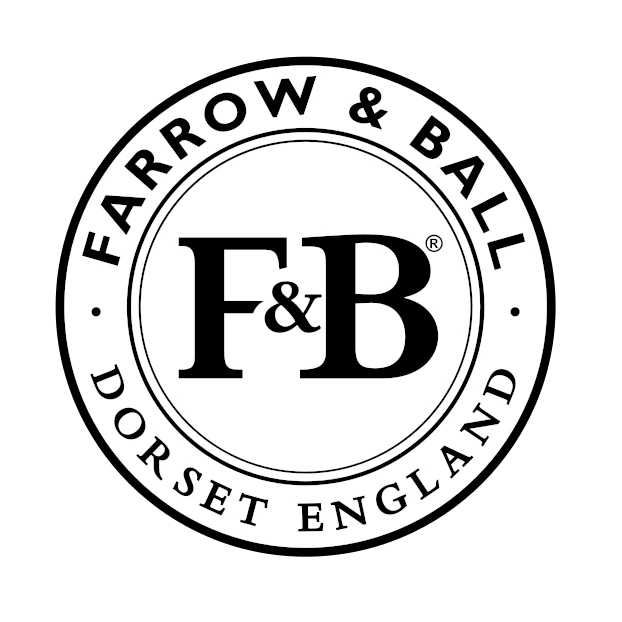Benjamin Moore Mustard Seed 222
| Official page: | Mustard Seed 222 |
| Code: | 222 |
| Name: | Mustard Seed |
| Brand: | Benjamin Moore |
What color is Benjamin Moore Mustard Seed?
Benjamin Moore 222, also known as Mustard Seed, brings a warm and inviting touch to any space. This rich golden hue effortlessly pairs well with earthy tones such as terracotta and olive green, creating a cozy and harmonious atmosphere. When complemented with accents in deep navy or dusty blue, Mustard Seed adds a pop of vibrant energy to the room. Its versatility allows it to blend seamlessly with neutrals like creamy ivory or taupe, adding depth and character to the overall color scheme. Whether used as a statement wall or as a subtle accent, Benjamin Moore 222 Mustard Seed is sure to bring a touch of elegance and warmth to your home.
Try before you buy


100% accurate
reusable paint samples

Peel, stick,
and repeat

Twice painted
with real paint

Next day
delivery
What are Benjamin Moore Mustard Seed undertones?
The undertone of Mustard Seed can be accurately described as a Red hue, as is apparent from the color space provided. By isolating the pure hue and eliminating any tints, tones, and shades, we were able to precisely determine its undertone. This approach has proven to be more accurate than traditional methods of defining undertones on a white background, which are now considered outdated.
HEX value
HEX value:
#CDB379
RGB code:
205, 179, 121
Is Benjamin Moore Mustard Seed 222 cool or warm?

With a hue of 41° thisYellowrefers warm paint shade according to HSL (Hue, Saturation, Lightness) on the color wheel.
222 Mustard Seed HSL code: 41, 46%, 64%
Hue - degree on a color wheel from 0 to 360. 0 is red, 120 is green, and 240 is blue.
Saturation is expressed as a percentage. At 0%, it appears as a shade of grey, and at 100%, it is in full color..
Lightness is also a percentage value. 0% is black, and 100% is white.
- Warm colors are ideal for kitchens, living rooms or bathrooms
- Warmer hues make larger spaces feel more inviting
- Warm yellow shades bring a sunny and cheerful atmosphere to a space, making it feel lively and welcoming, perfect for kitchens, living rooms, and play areas.
- Warm mid-tone shades like terracotta and warm beige create a cozy and inviting atmosphere in living rooms, bedrooms, and kitchens. They can brighten up spaces without being too overwhelming. However, it's best to avoid using these shades in very sunny rooms, as they can become too intense.
Act like a pro: Mixing warm and cool shades is a must have to get harmonius interior. Add accents that contrast with the primary color to create visual balance. If your walls are a warm color, don’t forget to add accent in cold colors (furniture, art, décor). A good practice is too use a complementary color scheme.
How light temperature affects Mustard Seed
Natural Lighting. During the day, natural light shifts from about 2000 K at sunrise/sunset to 5500–6500 K at noon.
In addition, natural‑light temperature depends on its direction:
| Direction of sunlight | Visible temp. | Hue | Duration |
|---|---|---|---|
| North | Cool | Bluish | All day |
| East | Warm | Yellow | Before noon |
| West | Warm | Orange‑red | After noon |
| South | Warm | Orange‑yellow | All day |
Artificial Lighting. When choosing bulbs, pay attention to their color‑temperature (Kelvins).
Use the slider to see how this Yellow shade looks under different lighting:


4000K
Coordinating colors.
Colors that go with Benjamin Moore Mustard Seed:
Monochromatic color scheme

This scheme consists of various shades, tints, and tones of a single color. While it offers a perfect combination of hues, without accent décor it may become monotonous.
Lighter shades
Darker shades
Complementary color scheme

This color scheme is a combination of two shades that are opposite each other on the color wheel. The high contrast between these colors creates a vibrant and dynamic visual effect. For the color Mustard Seed with a orange hue, complementary colors are those with a blue hue close to 221, such as Benjamin Moore Normandy and Feather Gray.
LRV of Mustard Seed
Mustard Seed has an LRV of 44.61% and refers to Light Medium colors that reflect half of the incident light. Why LRV is important?

Light Reflectance Value measures the amount of visible and usable light that reflects from a painted surface.
Simply put, the higher the LRV of a paint color, the brighter the room you will get.
The scale goes from 0% (absolute black, absorbing all light) to 100% (pure white, reflecting all light).
Act like a pro: When choosing paint with an LRV of 44.61%, pay attention to your bulbs' brightness. Light brightness is measured in lumens. The lower the paint's LRV, the higher lumen level you need. Every square foot of room needs at least 40 lumens. That means for a 200 ft2 living room you’ll need about 8000 lumens of light – e.g., eight 1000 lm bulbs.
Color codes
We have collected almost every possible color code you could ever need. To copy the code, just click the icon to the right of it.
| Format | Code | |
|---|---|---|
| HEX | #CDB379 | |
| RGB Decimal | 205, 179, 121 | |
| RGB Percent | 80.39%, 70.20%, 47.45% | |
| HSV | Hue: 41° Saturation: 40.98% Value: 80.39% | |
| HSL | hsl(41, 46, 64) | |
| CMYK | Cyan: 0.0 Magenta: 12.68 Yellow: 40.98 Key: 19.61 | |
| YIQ | Y: 180.162 I: 34.131 Q: -12.55 | |
| XYZ | X: 44.749 Y: 46.602 Z: 24.722 | |
| CIE Lab | L:73.934 a:1.324 b:33.047 | |
| CIE Luv | L:73.934 u:20.182 v:42.708 | |
| Decimal | 13480825 | |
| Hunter Lab | 68.265, -2.455, 26.314 |
Color equivalents
265
Gemstone
Benjamin Moore
256
Westwood Tan
Benjamin Moore
M320-5
Dried Chamomile
Behr
2151-40
Sulfur Yellow
Benjamin Moore
257
Honey Oak
Benjamin Moore
SW 6401
Independent Gold
Sherwin Williams
271
Barley Grass
Benjamin Moore
2153-40
Cork
Benjamin Moore
SW 6408
Wheat Grass
Sherwin Williams
CSP-975
Walk on the Beach
Benjamin Moore
PPU6-16
Cup Of Tea
Behr
AF-370
Citrine
Benjamin Moore

264
Wandering Heart
Benjamin Moore
249
Sombrero
Benjamin Moore
CW-420
Wythe Gold
Benjamin Moore
M300-4
Gilded
Behr
HC-14
Princeton Gold
Benjamin Moore
PPU6-15
Romanesque Gold
Behr
MQ2-29
Cliff Ridge
Behr
SW 9026
Tarnished Trumpet
Sherwin Williams



